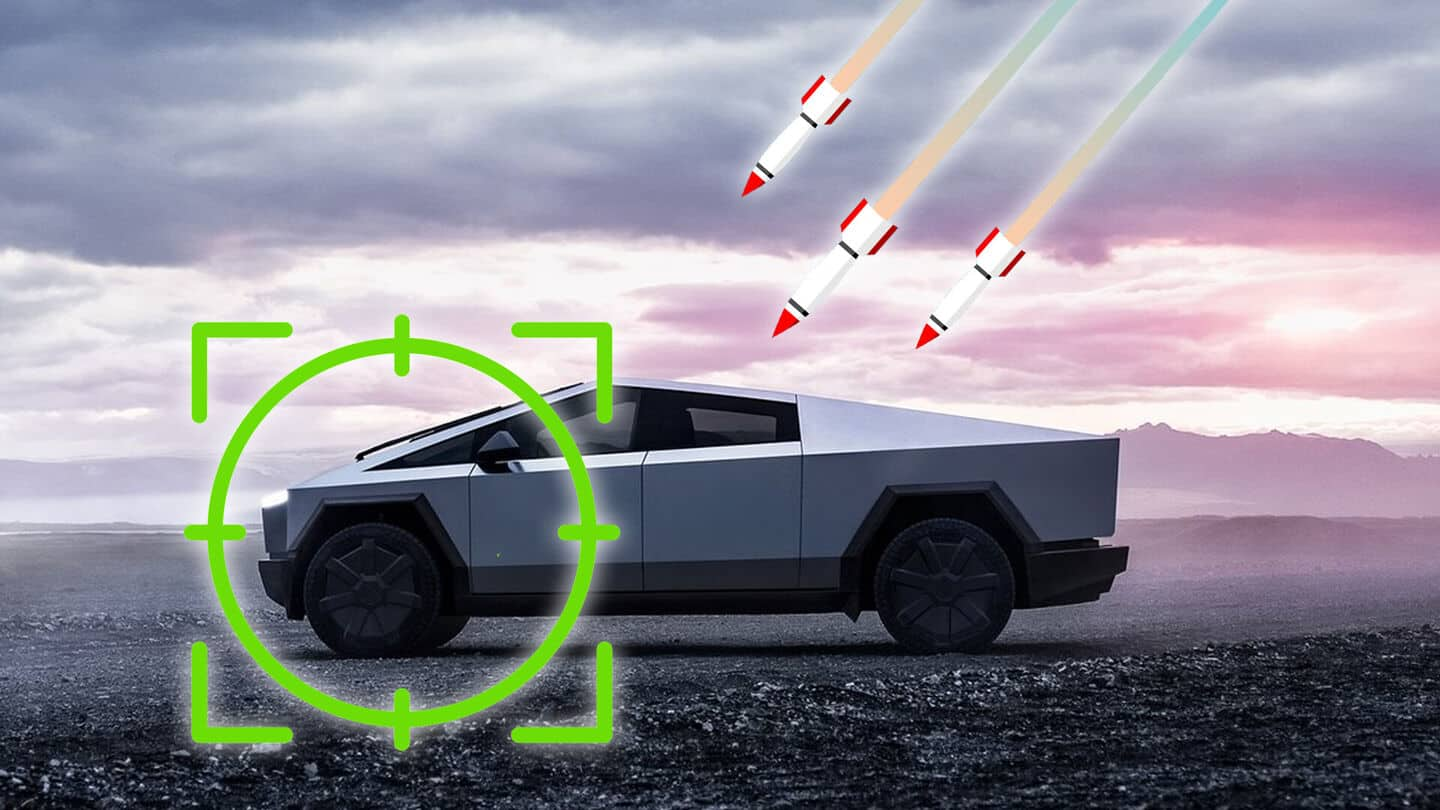
Why US Air Force wants to buy Tesla Cybertrucks
What's the story
The US Air Force is planning to procure two Tesla Cybertrucks, not for their transportation capabilities but as potential missile targets. The move comes from concerns that "unspecified adversaries" could use similar models in the near future. The unique design and advanced electrical system of the Cybertruck make it an ideal candidate for precision testing and training exercises by the Air Force Test Center (AFTC).
Target selection
Research into Cybertruck's design and materials influenced decision
The Air Force's decision to use the Cybertruck as a target vehicle comes after market research into its design, materials, and innovative technologies. The study found that the Cybertruck's futuristic design and unpainted stainless steel exoskeleton differentiate it from competitors who usually use painted steel or aluminum bodies. The vehicles are part of a larger order of 33 target vehicles for testing at White Sands Missile Range in New Mexico.
Delivery specifications
Contract specifies Cybertrucks don't need to be operational
The Air Force's contract specifications for the Cybertrucks state that they don't have to be in working condition but should be towable. They are to be delivered with all fluids drained. The document further explains that these Tesla-manufactured vehicles will be used for target vehicle training flight test events, simulating real-world situations as closely as possible.
Tech assessment
Air Force document highlights Cybertruck's unique electrical architecture
The Air Force document also highlights the Cybertruck's 48V electrical architecture, which provides superior power and efficiency. This feature is still in its early stages of development by competitors. The request for these vehicles is associated with the US Special Operations Command's (SOCOM) Stand Off Precision Guided Munitions (SOPGM) program, which includes air-launched missiles like AGM-114 Hellfire and GBU-69/B Small Glide Munition.